Portland cement M500: technical characteristics and storage rules
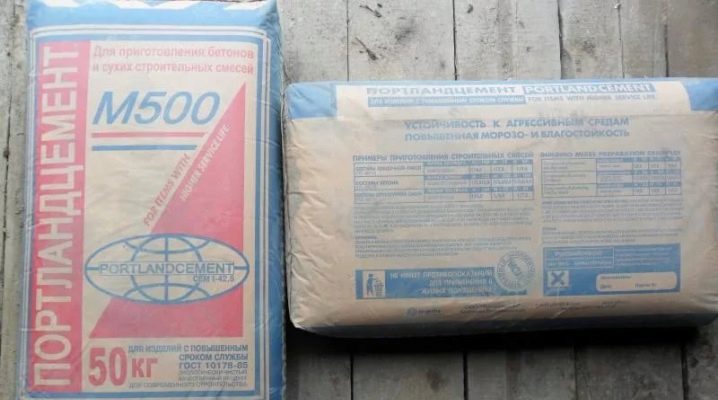
Almost every person has had a moment in their life associated with construction. This could be building a foundation, laying tiles, or pouring a screed to level the floor. These three types of work combine the obligatory use of cement. Its most irreplaceable and durable type is considered to be Portland cement (PC) M500.


Composition
Depending on the brand, the composition of the cement also varies, on which the characteristics of the mixture depend. First of all, clay and slaked lime are mixed, the resulting mixture is heated. This forms a clinker, to which gypsum or potassium sulfate is added. The introduction of additives is the final stage of cement preparation.
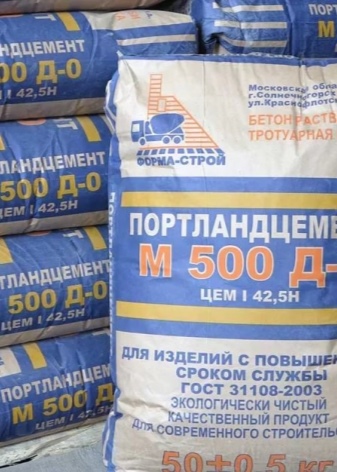
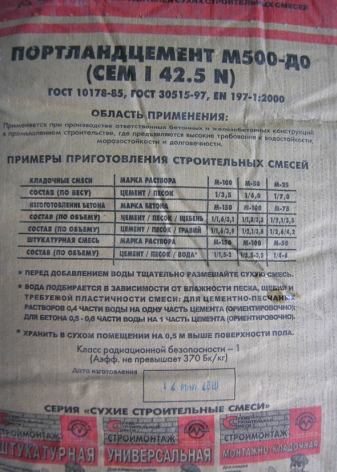
The composition of PC M500 includes the following oxides (as the percentage decreases):
- calcium;
- silicic;
- aluminum;
- iron;
- magnesium;
- potassium.
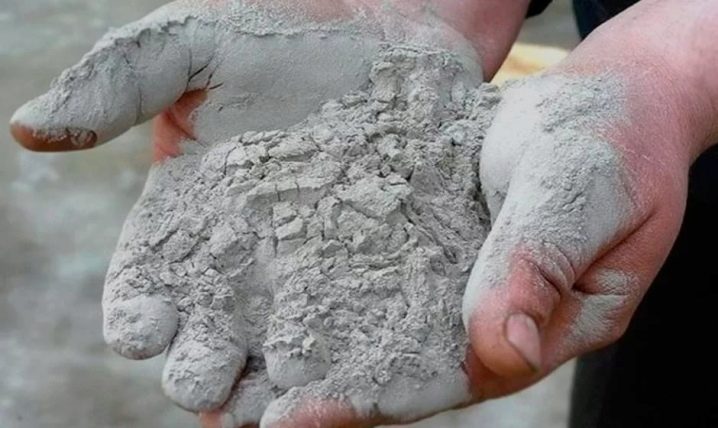
The demand for M500 Portland cement can be explained by its composition. The clayey rocks underlying it are completely environmentally friendly. They are also resistant to aggressive environments and corrosion.
Specifications
PC M500 has fairly high quality characteristics. As mentioned above, it is especially appreciated for its reliability and durability.
The main characteristics of Portland cement:
- quickly sets and hardens from 45 minutes after use;
- transfers up to 70 freeze-thaw cycles;
- able to withstand bending up to 63 atmospheres;
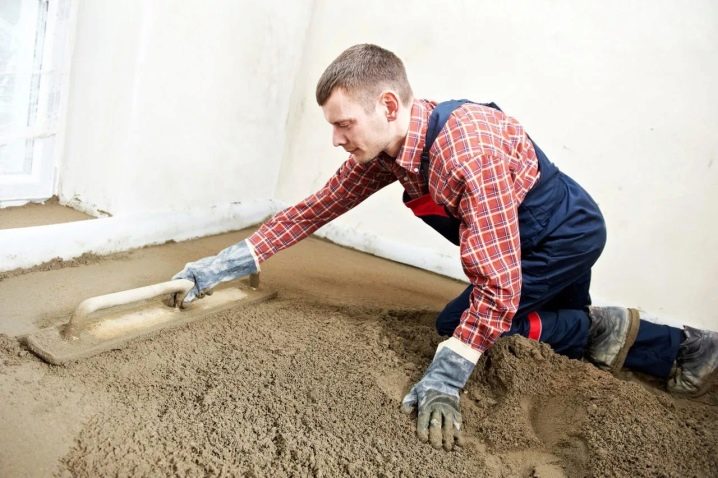
- hygroscopic expansion no more than 10 mm;
- fineness of grinding is 92%;
- the compressive strength of the dry mixture is 59.9 MPa, which is 591 atmospheres.

The density of cement is an informative indicator that indicates the quality of the binder. The strength and reliability of the structure being built depends on it. The higher the bulk density, the better the voids will be filled, which in turn will reduce the porosity of the product.
The bulk density of Portland cement varies from 1100 to 1600 kg per cubic meter. m. For calculations, a value of 1300 kg per cubic meter is used. m. The true density of the PC is 3000 - 3200 kg per cubic meter. m.
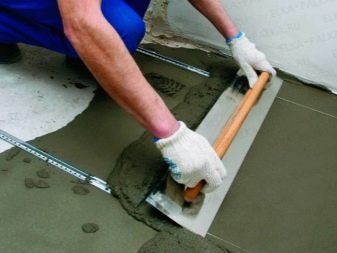

The shelf life and operation of cement M500 in bags is up to two months. The information on the packaging usually says 12 months. Provided that it will be stored in a dry, closed room in a sealed package (bags are wrapped in polyethylene).
Regardless of the storage conditions, the characteristics of Portland cement will decrease, so you should not buy it "for future use." Fresh cement is better.
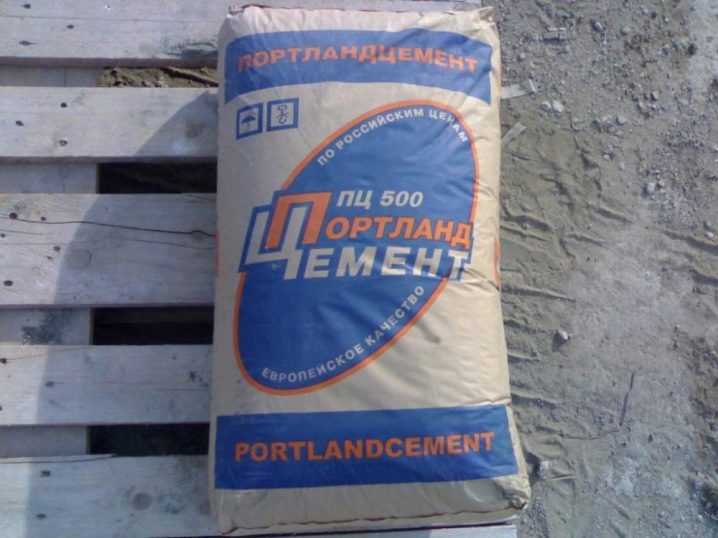
Marking
GOST 10178-85 dated 01/01/1987 assumes the presence of the following information on the container:
- brand, in this case M500;
- number of additives: D0, D5, D20.
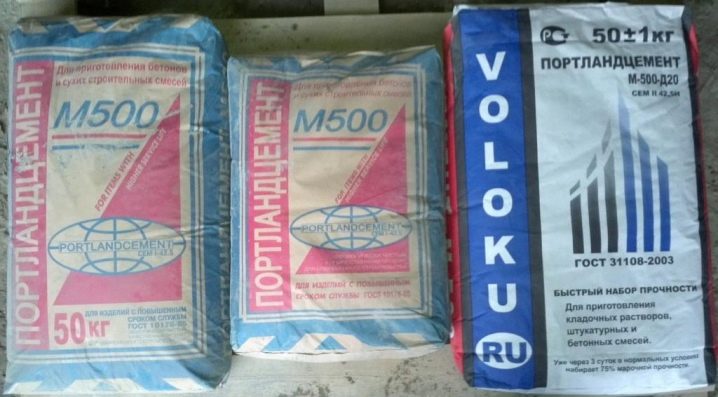
Letter designations:
- PC (ШПЦ) - Portland cement (slag Portland cement);
- B - fast hardening;
- PL - the plasticized composition has high frost resistance;
- H - the composition complies with GOST.
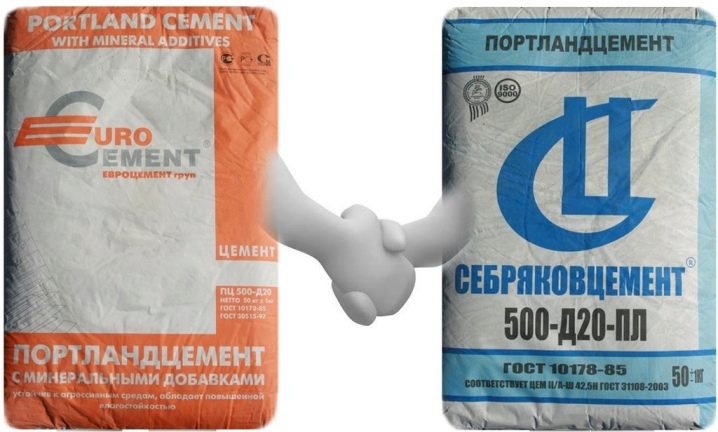
On September 1, 2004, another GOST 31108-2003 was introduced, which in December 2017 was replaced by GOST 31108-2016, according to which the following classification exists:
- CEM I - Portland cement;
- CEM II - Portland cement with mineral additives;
- CEM III - slag portland cement;
- CEM IV - pozzolanic cement;
- CEM V - composite cement.
The additives that cement must contain are regulated by GOST 24640-91.
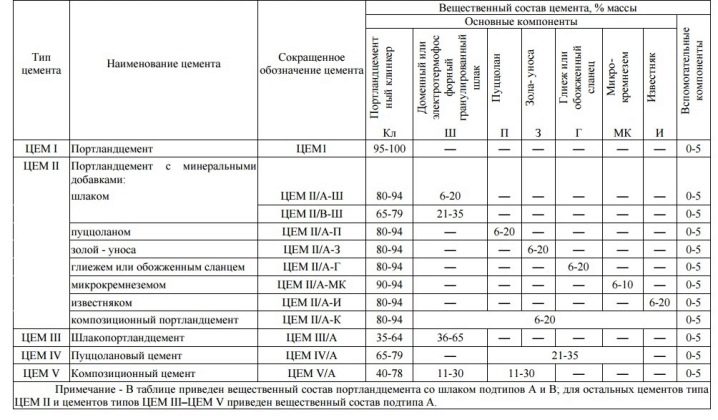
Additives
The additives included in the composition of cement are divided into three types:
- Additives of material composition... They influence the process of cement hydration and hardening. In turn, they are divided into active mineral and fillers.
- Additives regulating properties... The setting time, strength and water consumption of cement depend on them.
- Technological additives... They affect the grinding process, but not its properties.

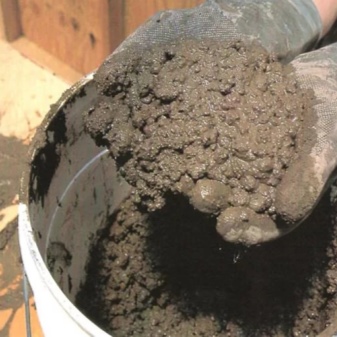
The number of additives in the PC is characterized by marking D0, D5 and D20. D0 is a pure mixture that provides the prepared and hardened mortar with resistance to low temperatures and moisture. D5 and D20 mean the presence of 5 and 20% additives, respectively. They contribute to increased resistance to moisture and cold temperatures, as well as resistance to corrosion.
The additives improve the standard characteristics of Portland cement.
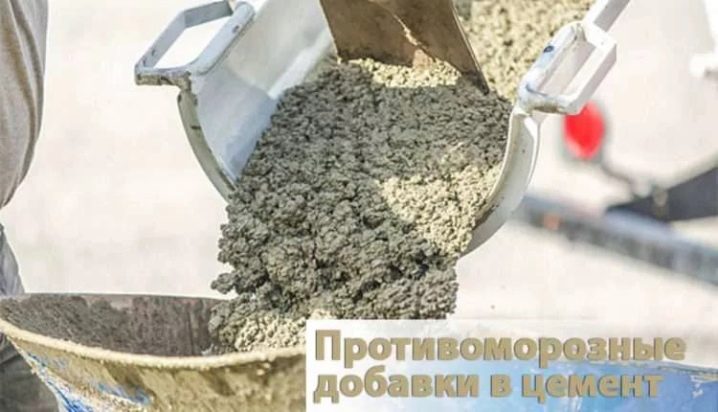
Application
The range of application of the PC M500 is quite wide.
It includes:
- monolithic foundations, slabs and columns on a reinforcing base;
- mortars for plaster;
- mortars for brick and block masonry;
- road construction;



- construction of runways at airfields;
- structures in the area of high groundwater;
- structures requiring fast solidification;


- construction of bridges;
- railway construction;
- construction of power lines.


Thus, we can say that Portland cement M500 is a universal material. It is suitable for all types of construction work.
It is quite simple to prepare a cement mortar. 5 kg of cement will require from 0.7 to 1.05 liters of water. The amount of water depends on the required thickness of the solution.

Proportions of the ratio of cement and sand for different types of construction:
- high-strength structures - 1: 2;
- masonry mortars - 1: 4;
- others - 1: 5.
During storage, cement loses its quality. So, in 12 months it can turn from a powdery product into a monolithic stone. Lumpy cement is not suitable for mortar preparation.
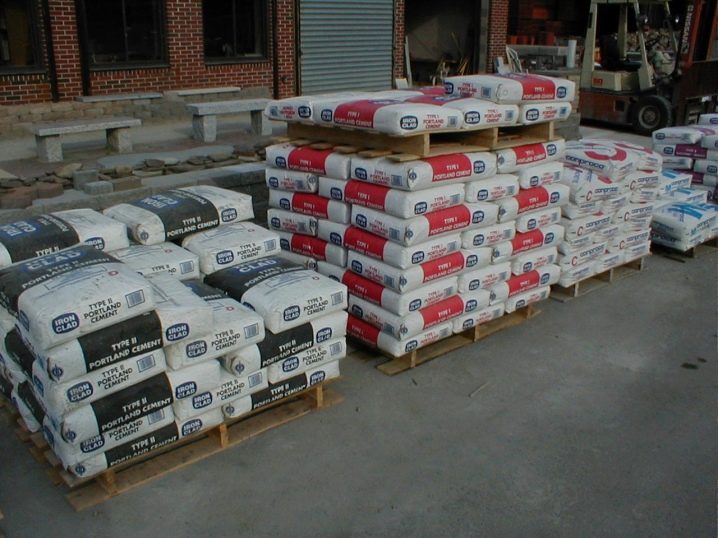
Packing and packaging
Cement is produced in large quantities. Immediately after production, it is distributed in sealed towers with a powerful ventilation system that lowers the level of humidity in the air. There it can be stored for no more than two weeks.
Further, according to GOST, it is packaged in paper bags containing no more than 51 kg of gross weight. The peculiarity of such bags is the polyethylene layers. Cement is packed in 25, 40 and 50 kg units.
The packaging date is mandatory on the bags. And the alternation of paper and plastic layers should become a reliable protection against moisture.
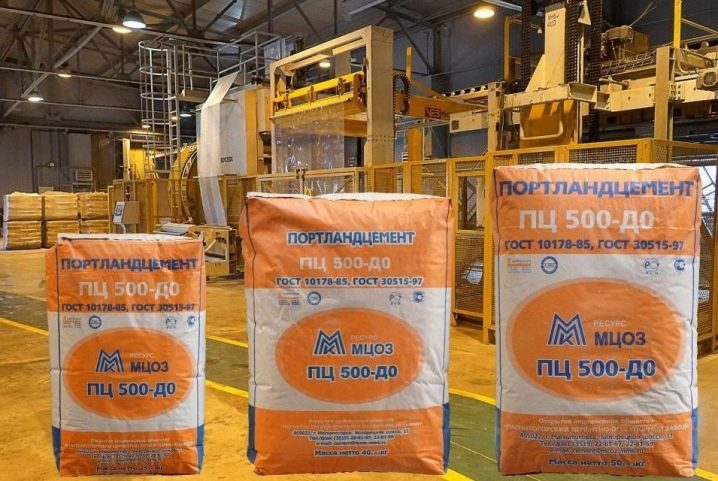
As mentioned earlier, cement must be stored in an airtight container that provides waterproofing. The tightness of the package is due to the fact that, upon contact with air, the cement absorbs moisture, which negatively affects its properties. Contact between carbon dioxide and cement leads to a reaction between the components of its composition. Cement should be stored at temperatures up to 50 degrees Celsius. The container with cement must be turned over every 2 months.
Advice
- As mentioned above, cement is packed in bags from 25 to 50 kg. But they can also supply material in bulk. In this case, the cement must be protected from atmospheric precipitation and used as soon as possible.
- Cement must be purchased shortly before construction work in small batches. Be sure to pay attention to the date of manufacture and the integrity of the container.
- The price of Portland cement M500 per bag of 50 kg ranges from 250 to 280 rubles. Wholesalers, in turn, offer discounts in the region of 5-8%, which depends on the size of the purchase.
See the next video for more on this.













The comment was sent successfully.